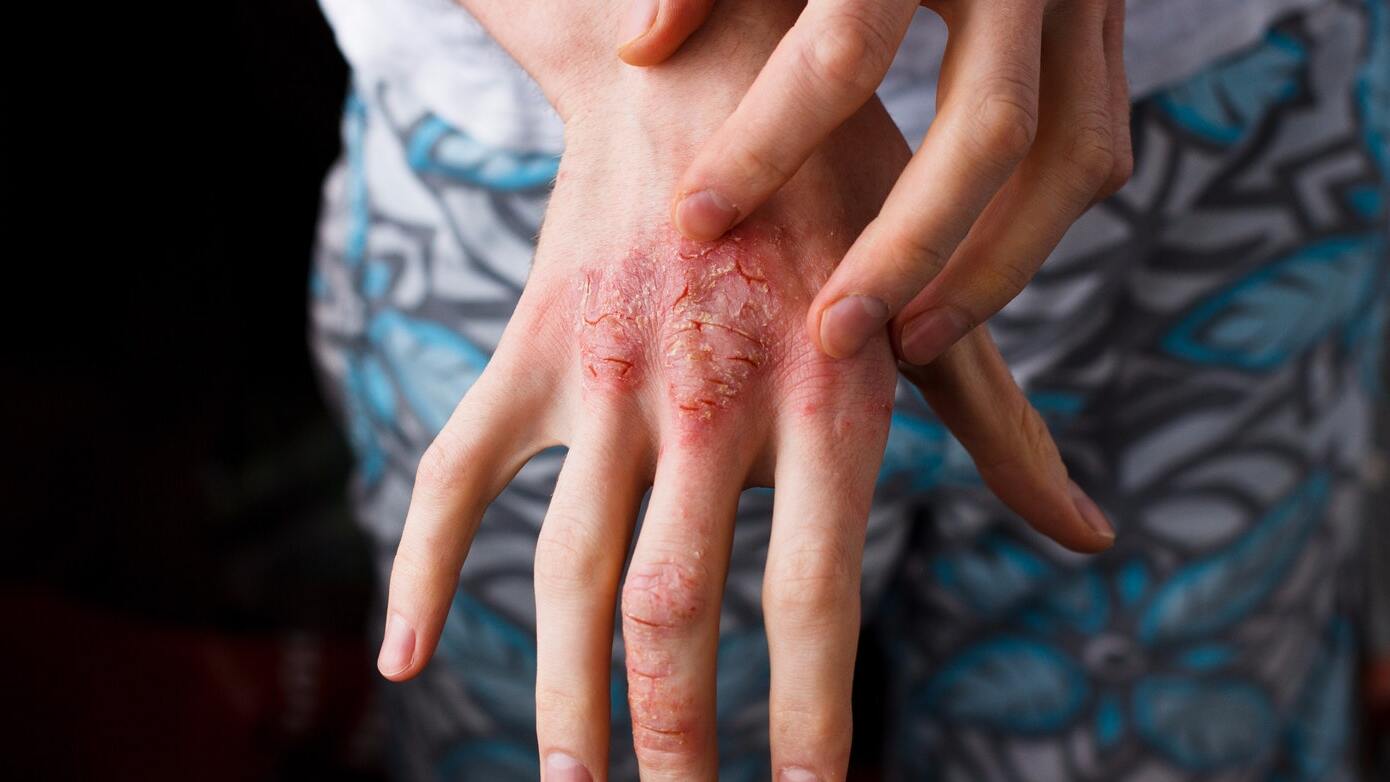
Atopic dermatitis, often called eczema, is a chronic skin condition that affects millions worldwide. But what exactly is it? Atopic dermatitis is an inflammatory skin disease causing red, itchy, and sometimes oozing patches. It can appear anywhere on the body but is most common on the face, hands, and feet. This condition often starts in childhood, though adults can develop it too. Why does it happen? The exact cause remains unknown, but genetics, immune system issues, and environmental factors play significant roles. Managing atopic dermatitis involves moisturizing regularly, avoiding triggers, and sometimes using prescribed medications. Curious to learn more? Let's dive into 40 intriguing facts about atopic dermatitis that will help you understand this condition better.
What is Atopic Dermatitis?
Atopic Dermatitis (AD), also known as eczema, is a chronic skin condition that causes inflammation, redness, and itching. It often starts in childhood but can occur at any age. Here are some intriguing facts about this common skin issue.
-
Atopic Dermatitis affects up to 20% of children worldwide. This makes it one of the most common skin conditions in kids.
-
Adults can develop AD too. While it's more common in children, adults can also experience it, sometimes for the first time.
-
Genetics play a role. If one or both parents have AD, their children are more likely to develop it.
-
It's part of the "atopic triad." This includes asthma, allergic rhinitis (hay fever), and AD. Many people with AD also have one or both of the other conditions.
-
The exact cause is unknown. While genetics and environmental factors contribute, the precise cause remains unclear.
Symptoms and Triggers
Understanding the symptoms and what triggers AD can help manage the condition better. Here are some key points.
-
Intense itching is a hallmark symptom. The itching can be so severe that it disrupts sleep and daily activities.
-
Rashes vary in appearance. They can look different depending on the person's age and the severity of the condition.
-
Common areas affected include the face, neck, and limbs. In infants, the scalp and cheeks are often involved.
-
Dry skin is a common symptom. People with AD often have very dry, scaly skin.
-
Environmental factors can trigger flare-ups. These include pollen, pet dander, and dust mites.
-
Stress can worsen symptoms. Emotional stress is a known trigger for many people with AD.
-
Certain foods can trigger flare-ups. Common culprits include dairy, nuts, and wheat.
-
Sweating can exacerbate symptoms. Exercise and hot weather can make itching and rashes worse.
Treatment and Management
Managing AD involves a combination of lifestyle changes and medical treatments. Here are some effective strategies.
-
Moisturizing is crucial. Keeping the skin hydrated helps reduce dryness and itching.
-
Topical corticosteroids are commonly prescribed. These help reduce inflammation and itching.
-
Antihistamines can help with itching. They are often used to manage nighttime itching.
-
Phototherapy is an option. This involves exposing the skin to controlled amounts of natural or artificial light.
-
Immunosuppressants may be prescribed for severe cases. These medications help control the immune system's response.
-
Avoiding known triggers is essential. Identifying and avoiding triggers can help prevent flare-ups.
-
Wet wrap therapy can be effective. This involves wrapping the affected skin in wet bandages to help it absorb moisture and medication.
-
Probiotics may help. Some studies suggest that probiotics can improve symptoms in children with AD.
-
Regular bathing can help. Short, lukewarm baths followed by moisturizing can soothe the skin.
Impact on Daily Life
Living with AD can be challenging. Here are some ways it can affect daily life and tips to cope.
-
Sleep disturbances are common. The intense itching can make it hard to get a good night's sleep.
-
It can affect mental health. Anxiety and depression are more common in people with AD.
-
Social interactions can be impacted. Visible rashes can make people self-conscious and affect their social life.
-
School and work performance can suffer. The discomfort and lack of sleep can make it hard to concentrate.
-
Support groups can be helpful. Connecting with others who have AD can provide emotional support and practical advice.
-
Education is key. Understanding the condition helps people manage it better and reduces anxiety.
Interesting Facts and Research
Ongoing research continues to uncover new information about AD. Here are some fascinating findings.
-
AD is more common in urban areas. People living in cities are more likely to develop AD than those in rural areas.
-
Vitamin D may play a role. Some studies suggest that low levels of vitamin D are linked to more severe AD.
-
The skin barrier is often compromised. People with AD have a weaker skin barrier, making it easier for irritants to penetrate.
-
AD can improve with age. Many children outgrow the condition, although some continue to have symptoms into adulthood.
-
New treatments are being developed. Researchers are constantly working on new medications and therapies to better manage AD.
-
The microbiome may be involved. The balance of bacteria on the skin might influence the severity of AD.
-
Climate can affect symptoms. Cold, dry climates can worsen symptoms, while humid climates may improve them.
-
There is no cure. While treatments can manage symptoms, there is currently no cure for AD.
-
Early intervention is important. Treating AD early can prevent it from becoming more severe.
-
AD can affect anyone. It occurs in people of all races, genders, and ages.
-
Research is ongoing. Scientists are continually studying AD to better understand its causes and develop new treatments.
-
Education and awareness are growing. Increased awareness helps reduce stigma and improve the quality of life for those with AD.
Final Thoughts on Atopic Dermatitis
Atopic dermatitis, often called eczema, affects millions worldwide. Understanding its symptoms, triggers, and treatments can make a huge difference in managing this chronic condition. From itchy skin to red rashes, the signs are unmistakable. Knowing what triggers your flare-ups, whether it's stress, allergens, or weather changes, helps in avoiding them. Treatments range from moisturizers and topical steroids to lifestyle changes and medications. Staying informed and proactive is key. Regular visits to a dermatologist can provide personalized advice and keep your skin in check. Remember, you're not alone in this journey. Many resources and support groups are available to help you navigate life with atopic dermatitis. Stay educated, stay prepared, and most importantly, stay positive. Your skin will thank you.
Was this page helpful?
Our commitment to delivering trustworthy and engaging content is at the heart of what we do. Each fact on our site is contributed by real users like you, bringing a wealth of diverse insights and information. To ensure the highest standards of accuracy and reliability, our dedicated editors meticulously review each submission. This process guarantees that the facts we share are not only fascinating but also credible. Trust in our commitment to quality and authenticity as you explore and learn with us.


